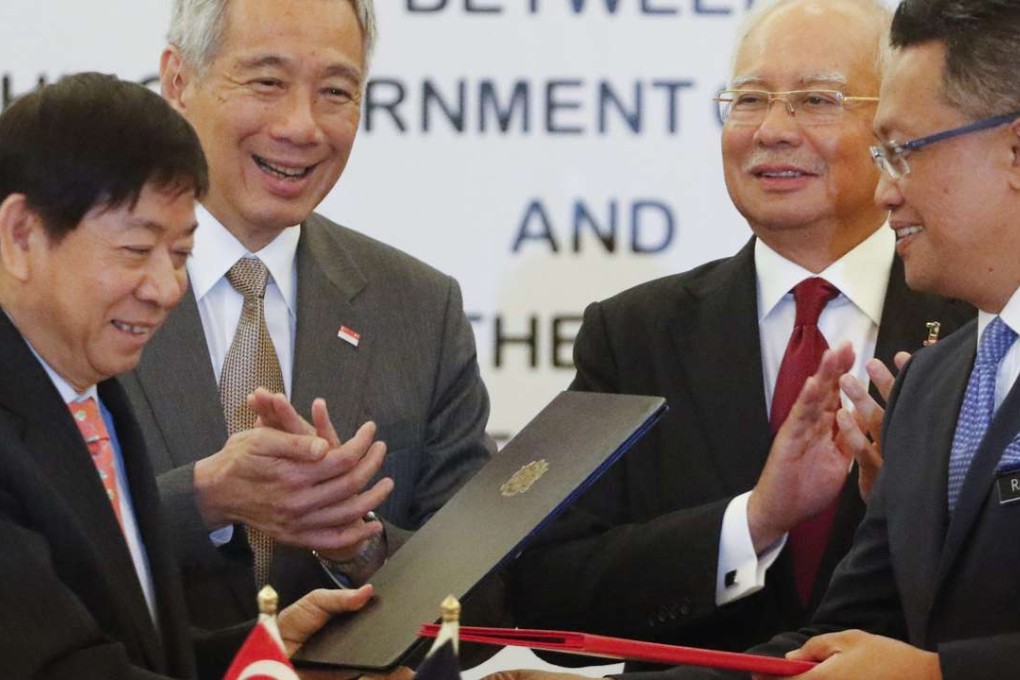Do Malaysia and Singapore really need a high-speed rail link?
Tussle involving Japanese and Chinese firms puts high-speed rail contract under the microscope

AS MALAYSIA AND Singapore prepare to ink their agreement on a high-speed rail link between Kuala Lumpur and the city state, Japan has signalled its keenness on one of its engineering companies securing the contract, and voiced hope that the process – in which Chinese companies will also compete – will be transparent and “based on international standards.”
Malaysian and Singaporean officials will seal the bilateral deal on December 13. The tracks will run for 350km – 335km in Malaysia and 15km in Singapore – with stops at six other cities along the way.
Its builders, whichever country they come from, will work from 2018 to 2025, before launching commercial services in 2026. The project is expected to cost between 50 billion and 60 billion ringgit (HK$105 billion) – yet some critics have questioned whether the link is even necessary.
Has China offered to bail out Malaysia’s 1MDB? At what cost?
Japan is competing closely with China for the contract, with China seen as the front runner after a slew of successful infrastructure bids in Malaysia, including the East Coast Rail Link, a 620km line costing RM55 billion, which it won last October.
An official from the Japanese embassy in Malaysia said the latest tender was a “good opportunity” for Malaysia and Singapore to prove that both economies were based on “internationally established process and procedures.”
“We hope the tendering process... will be based on international standards, transparent, and good for private companies’ initiatives based on market mechanisms,” he said. The official said Japanese companies would make the best offers, and touted the country’s rail-building credentials. Japan’s own high-speed rail, the Shinkansen, has had no fatal collision or derailment in its 51-year history.
